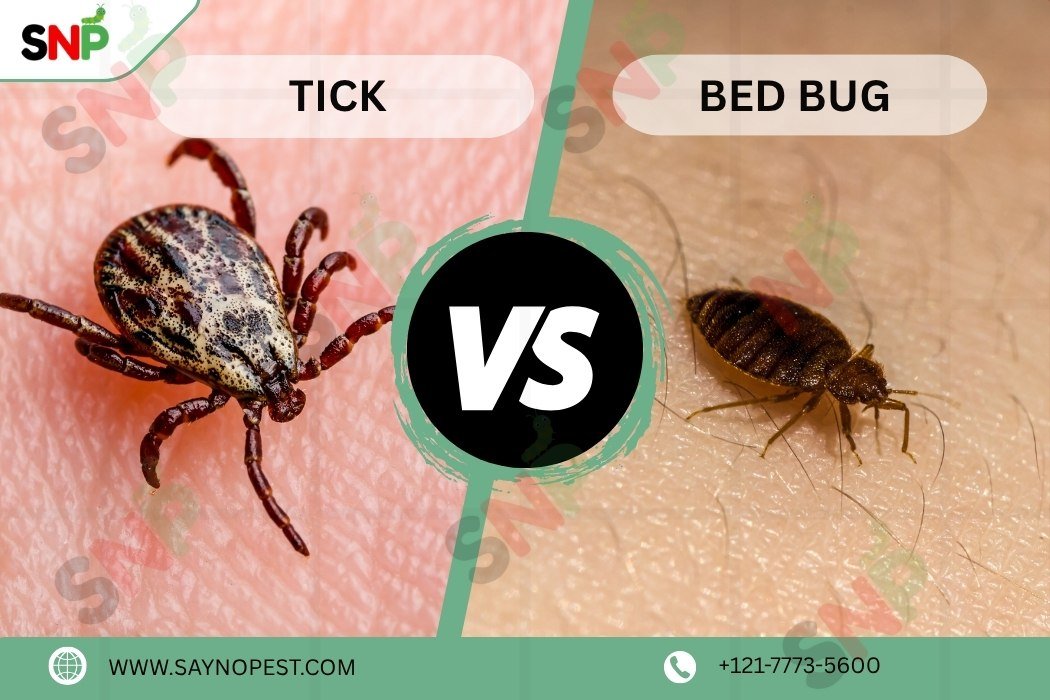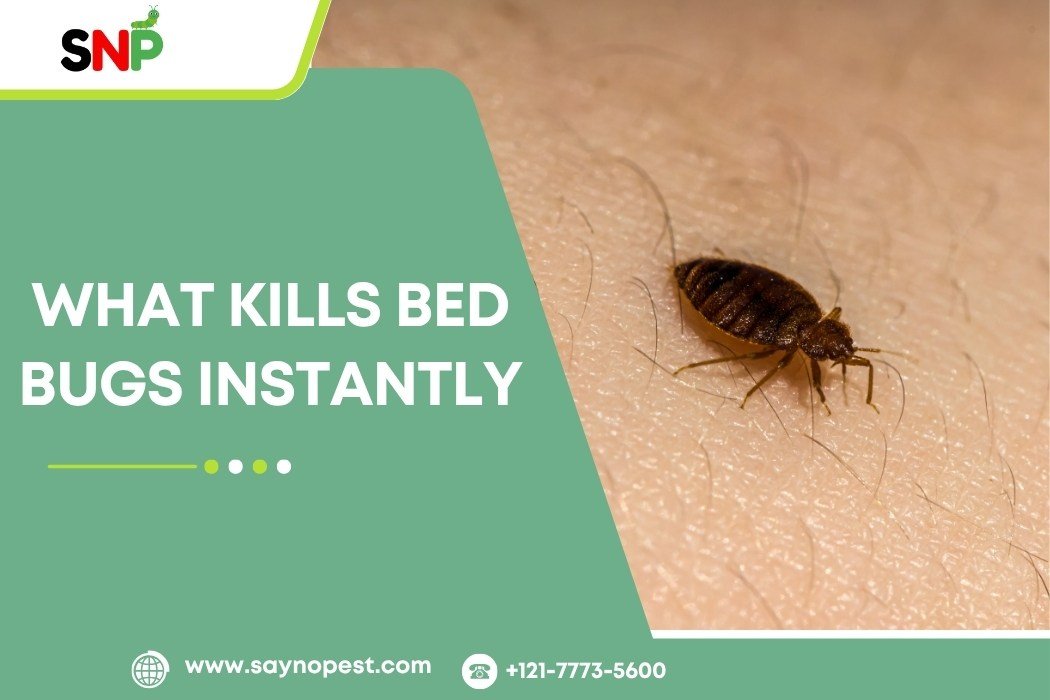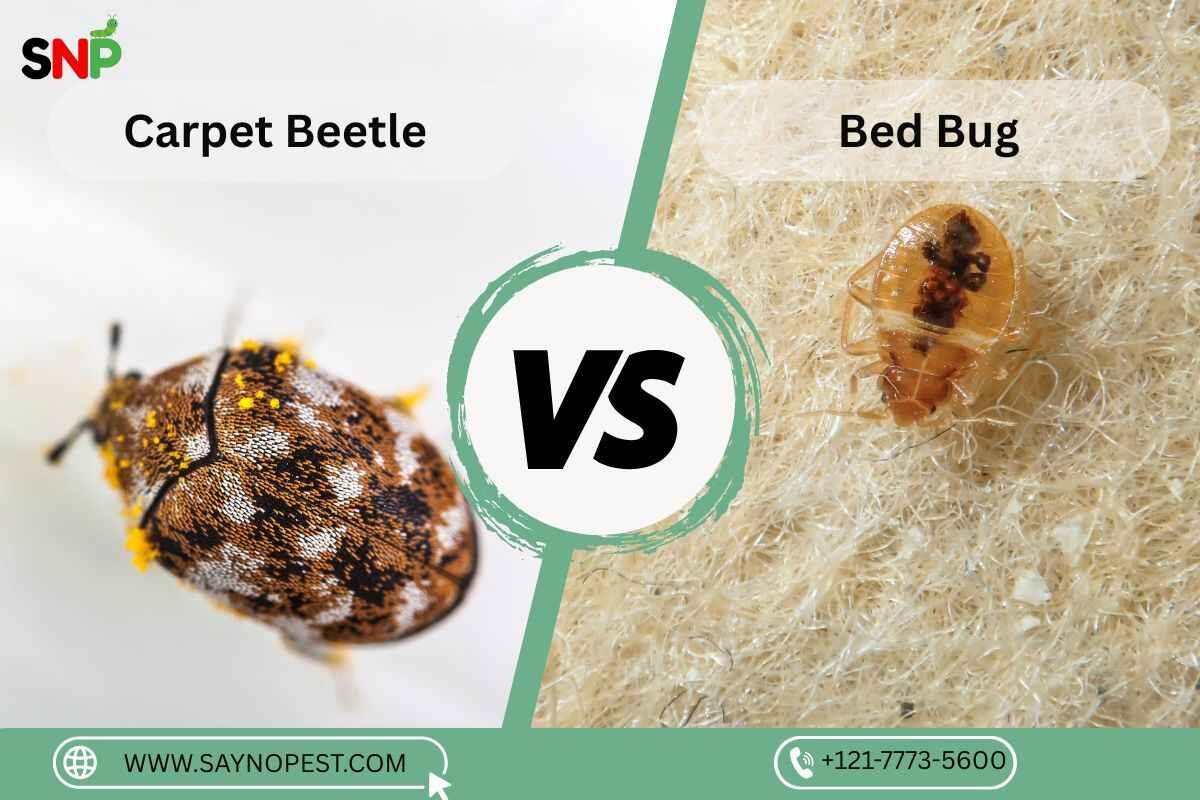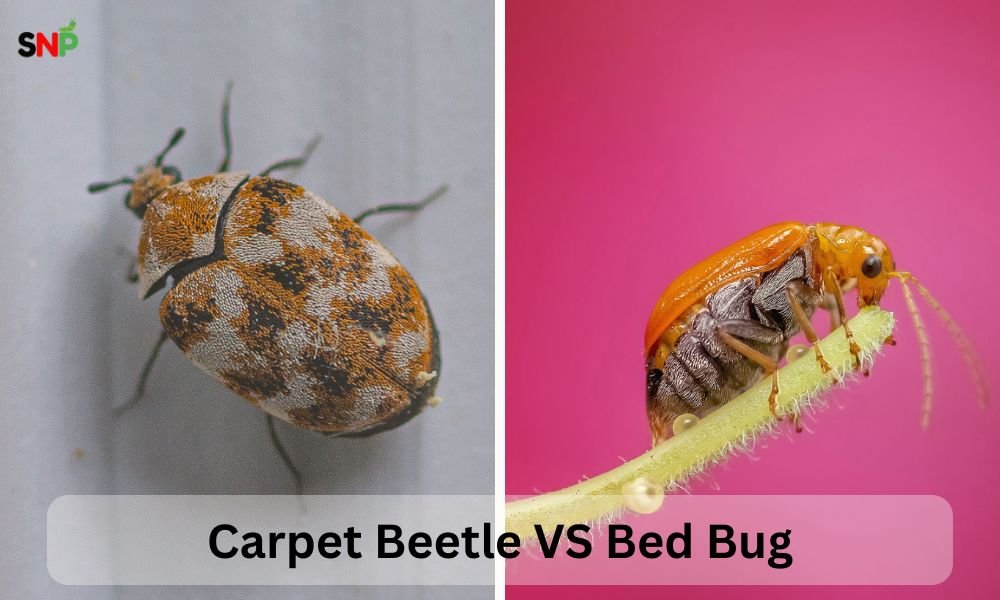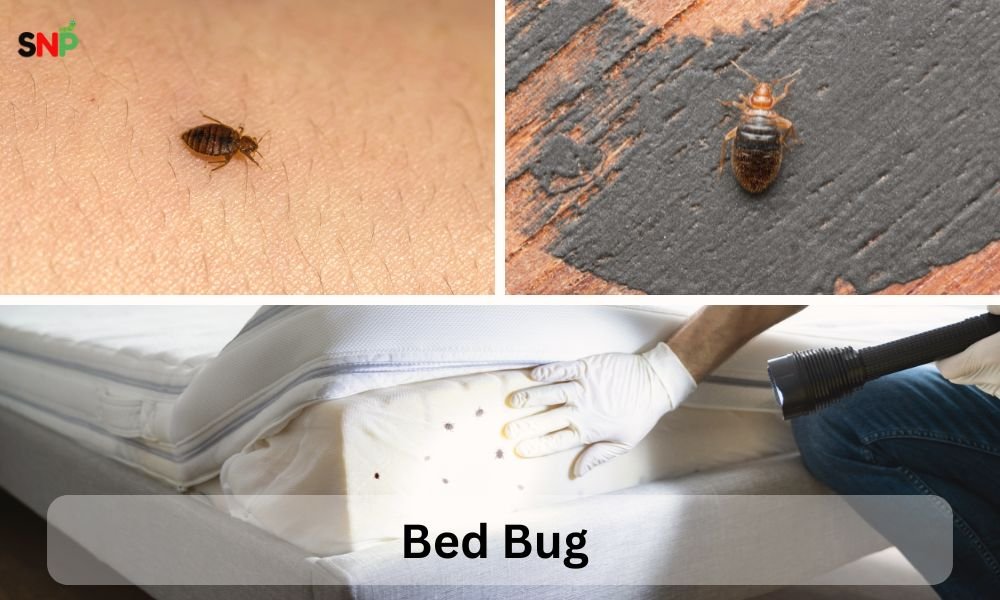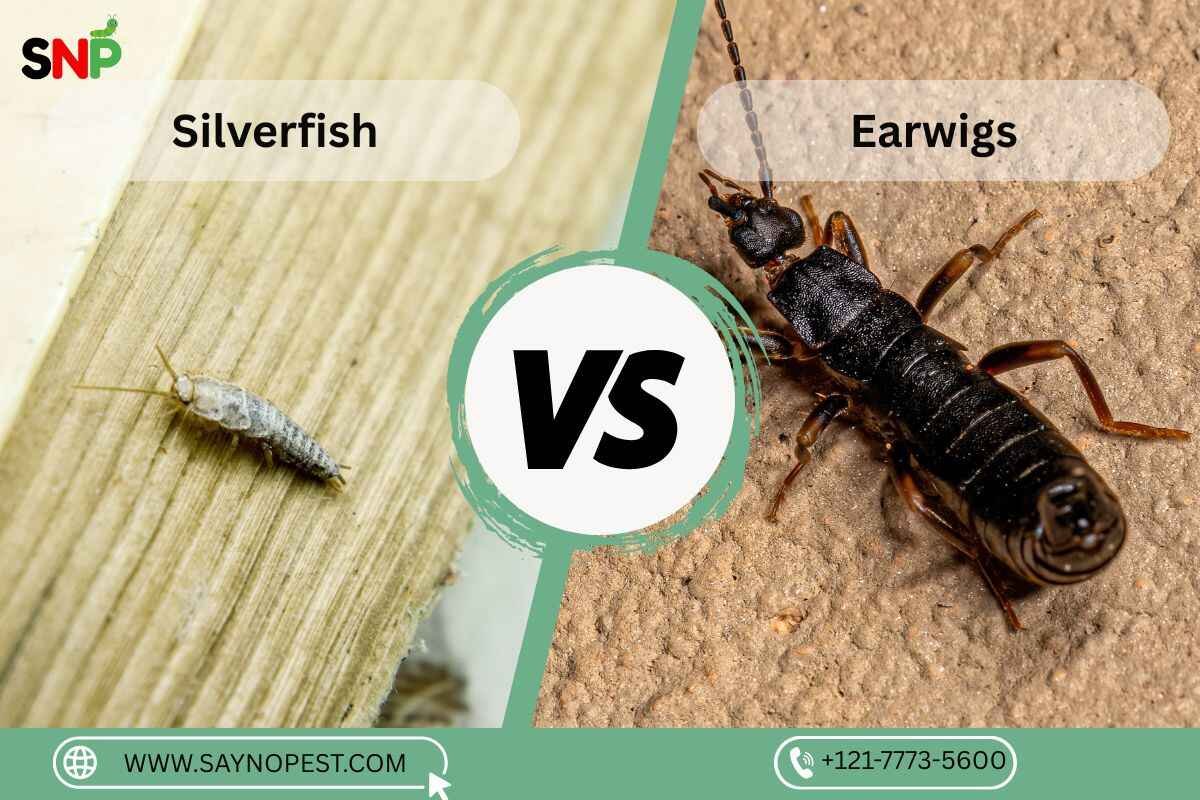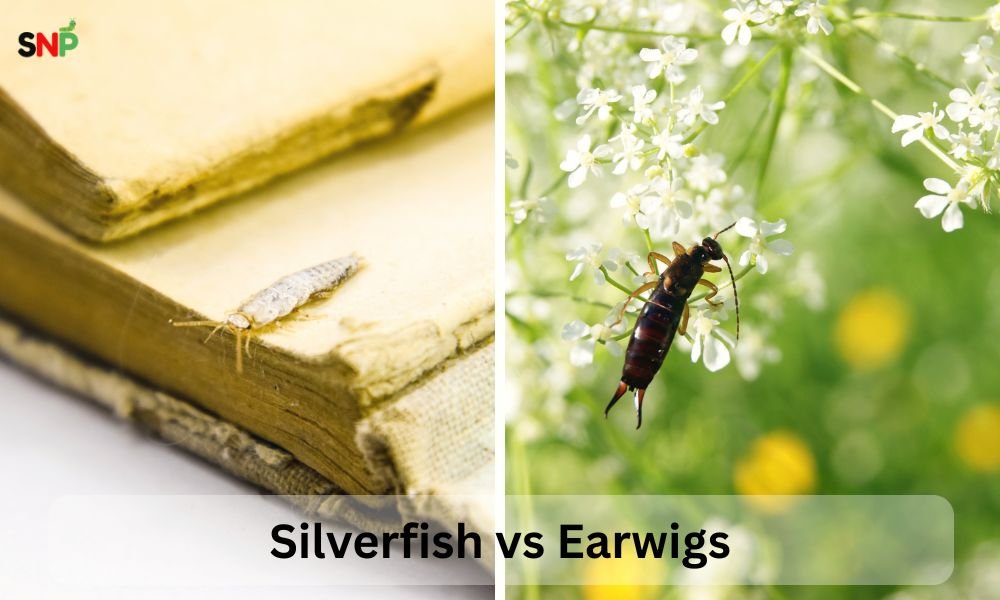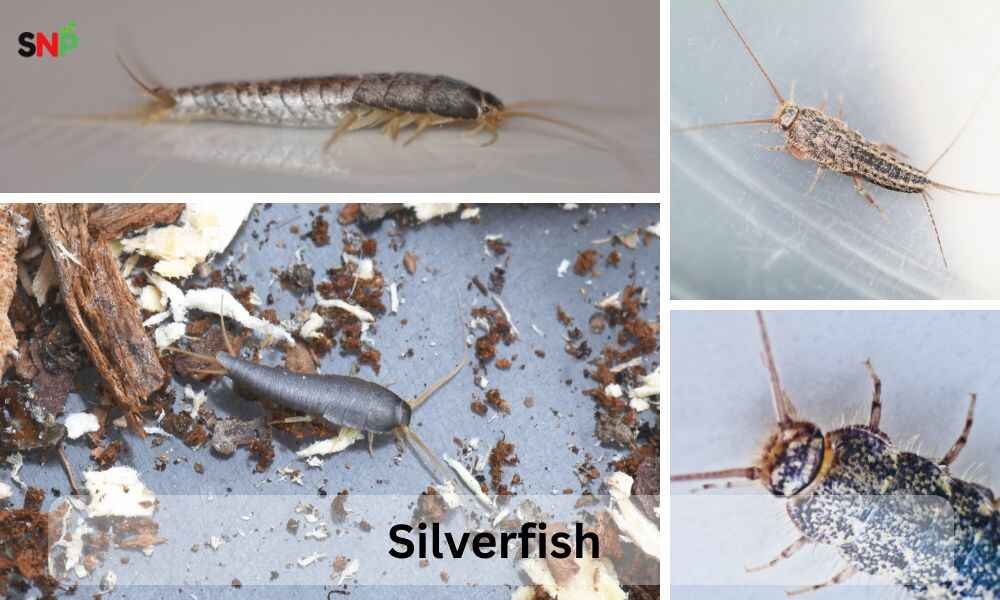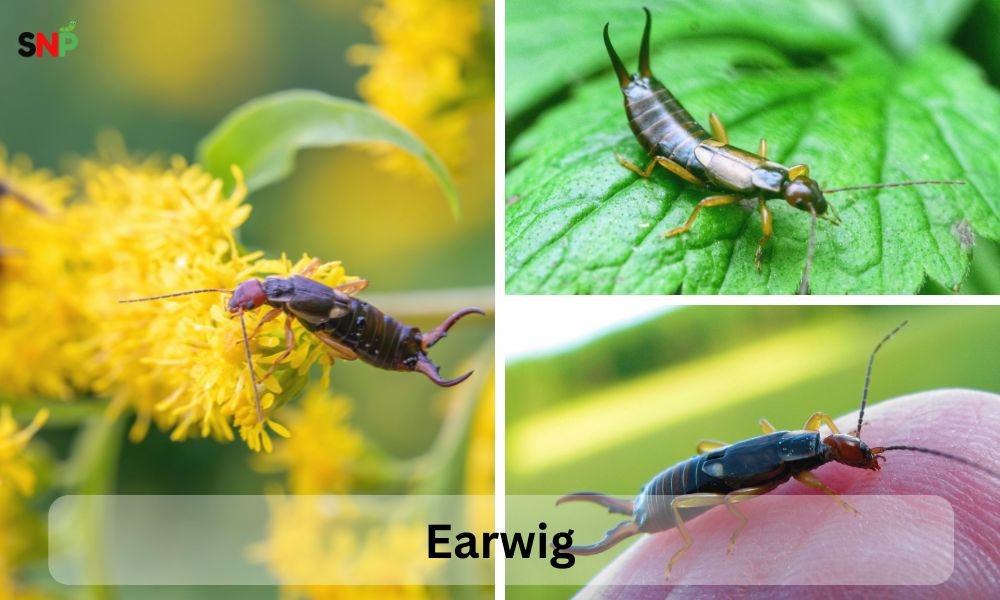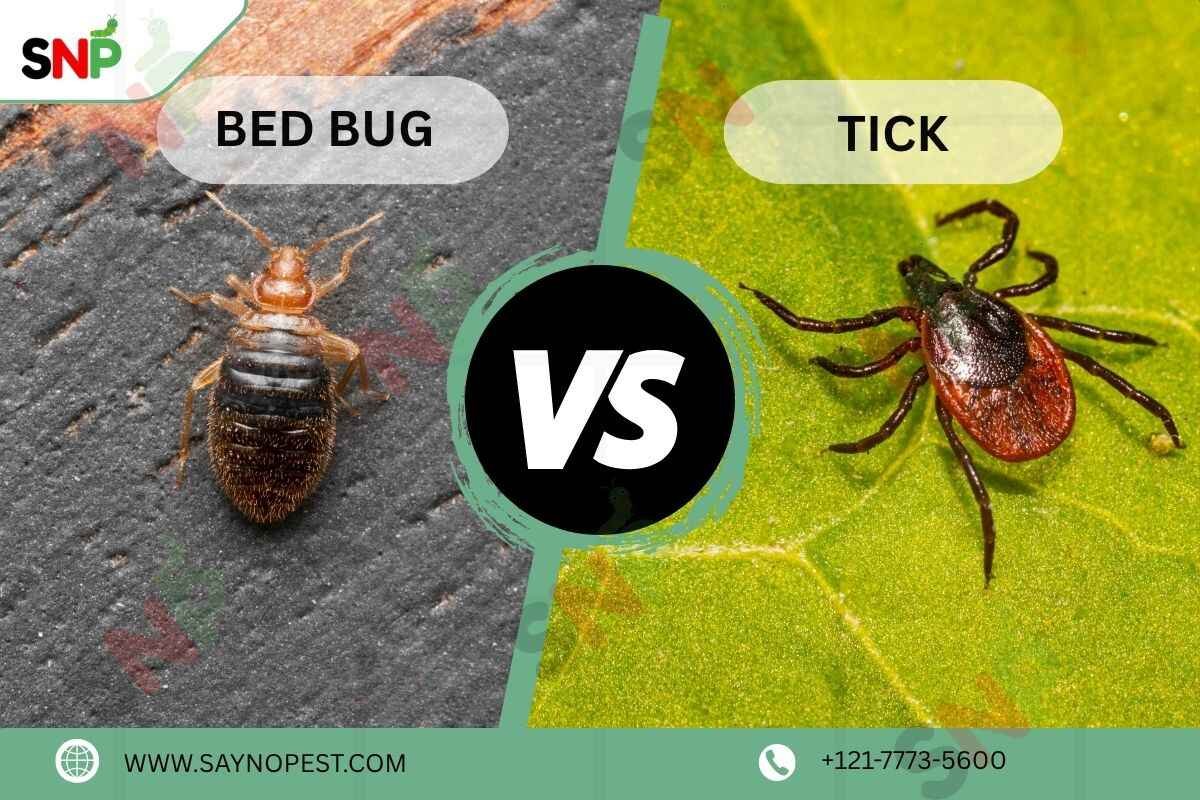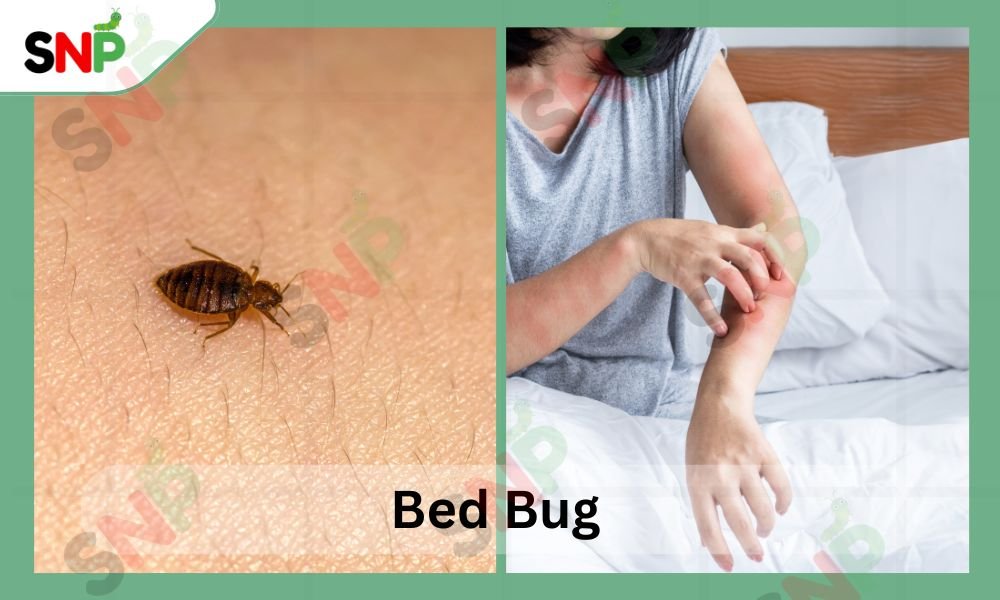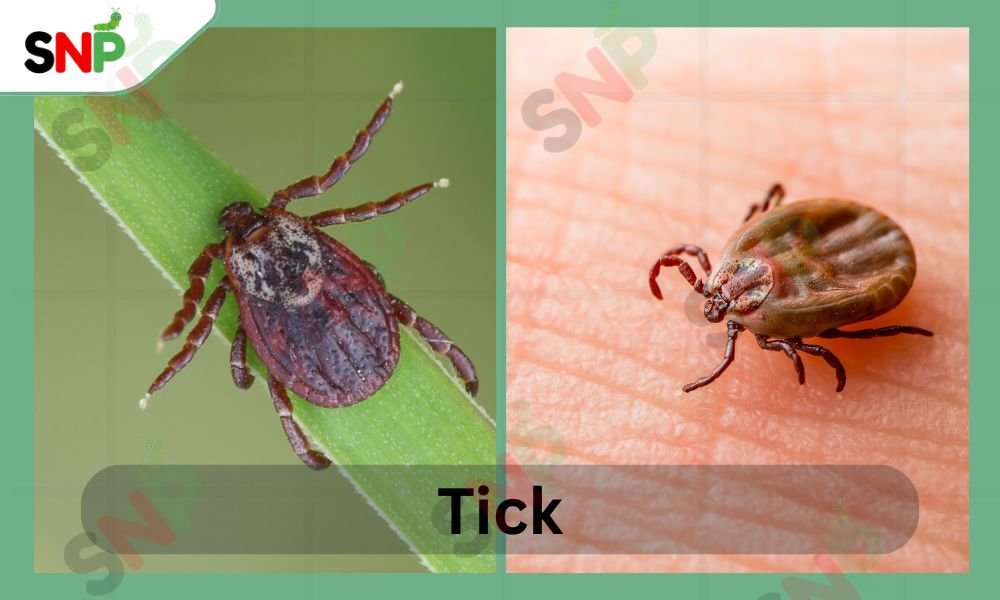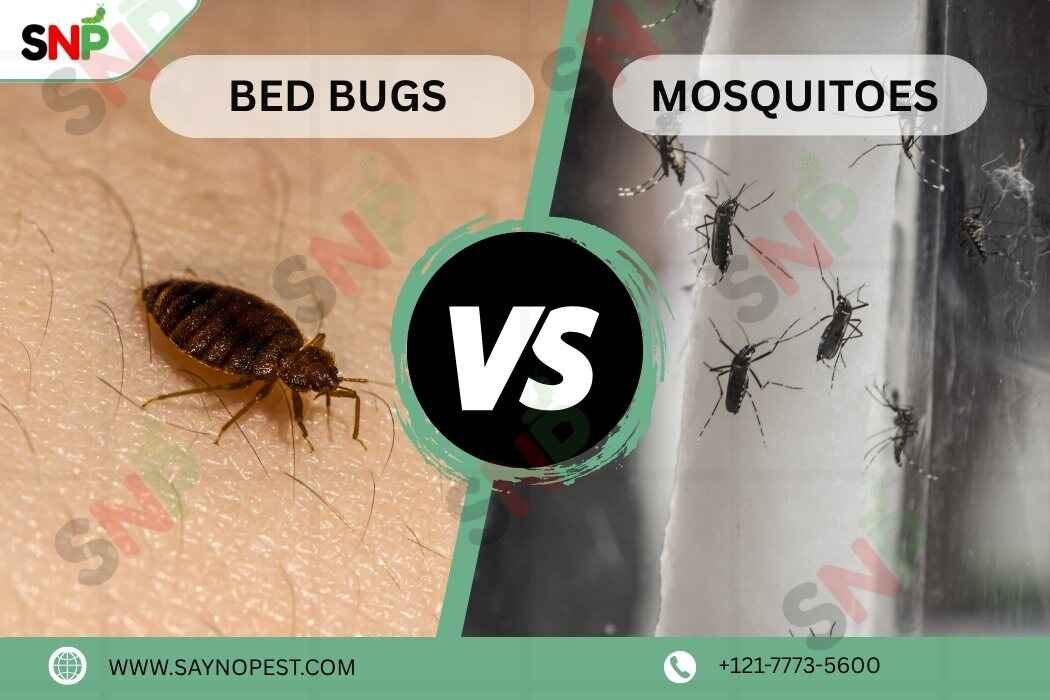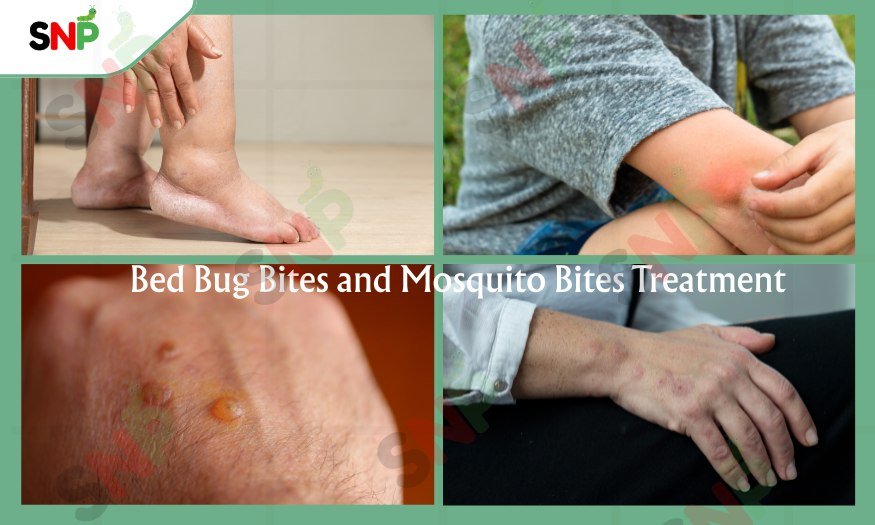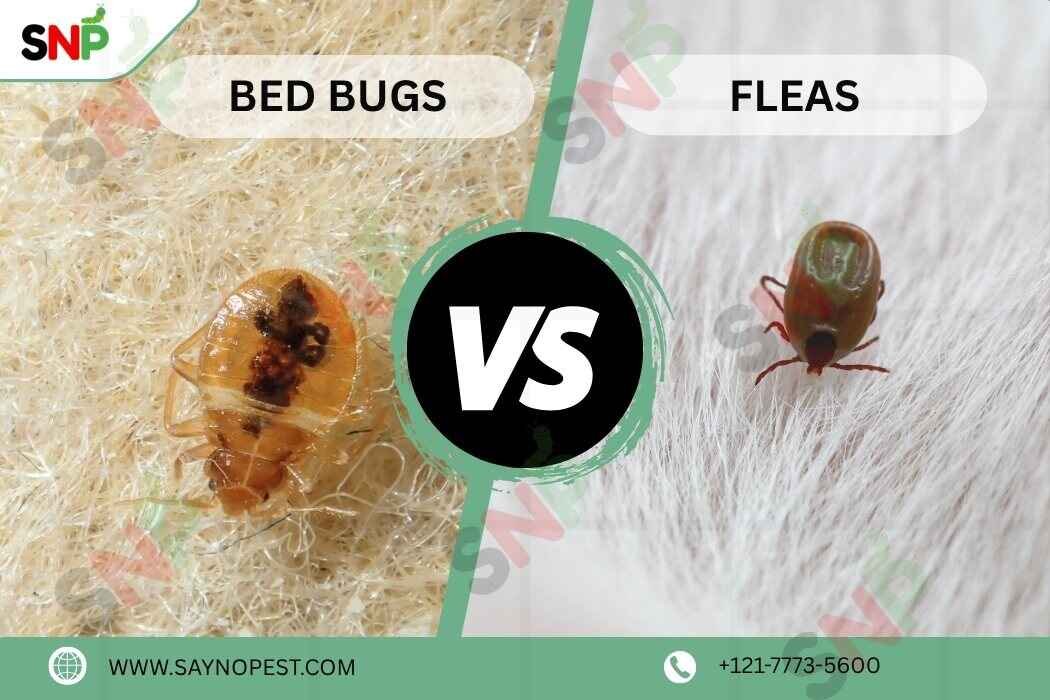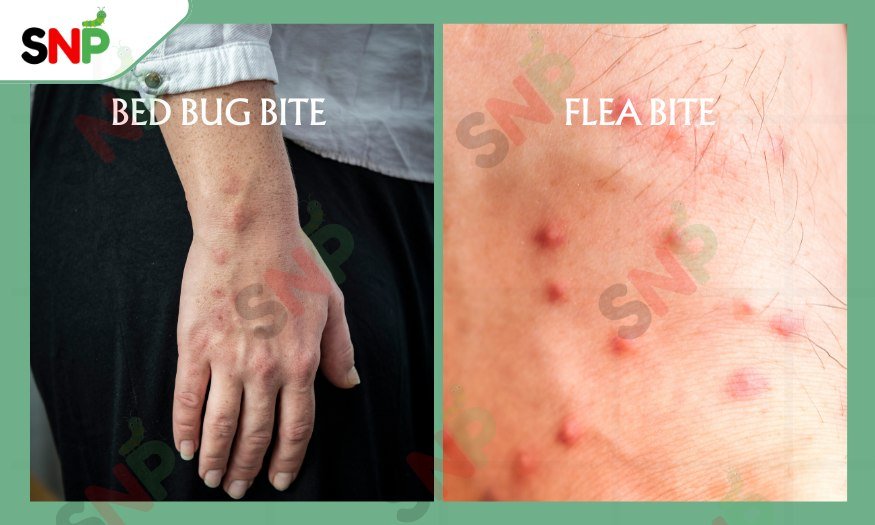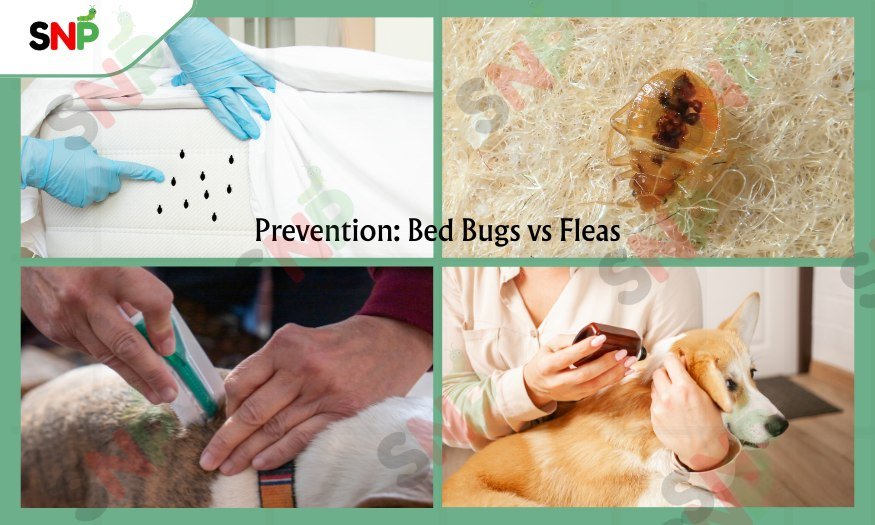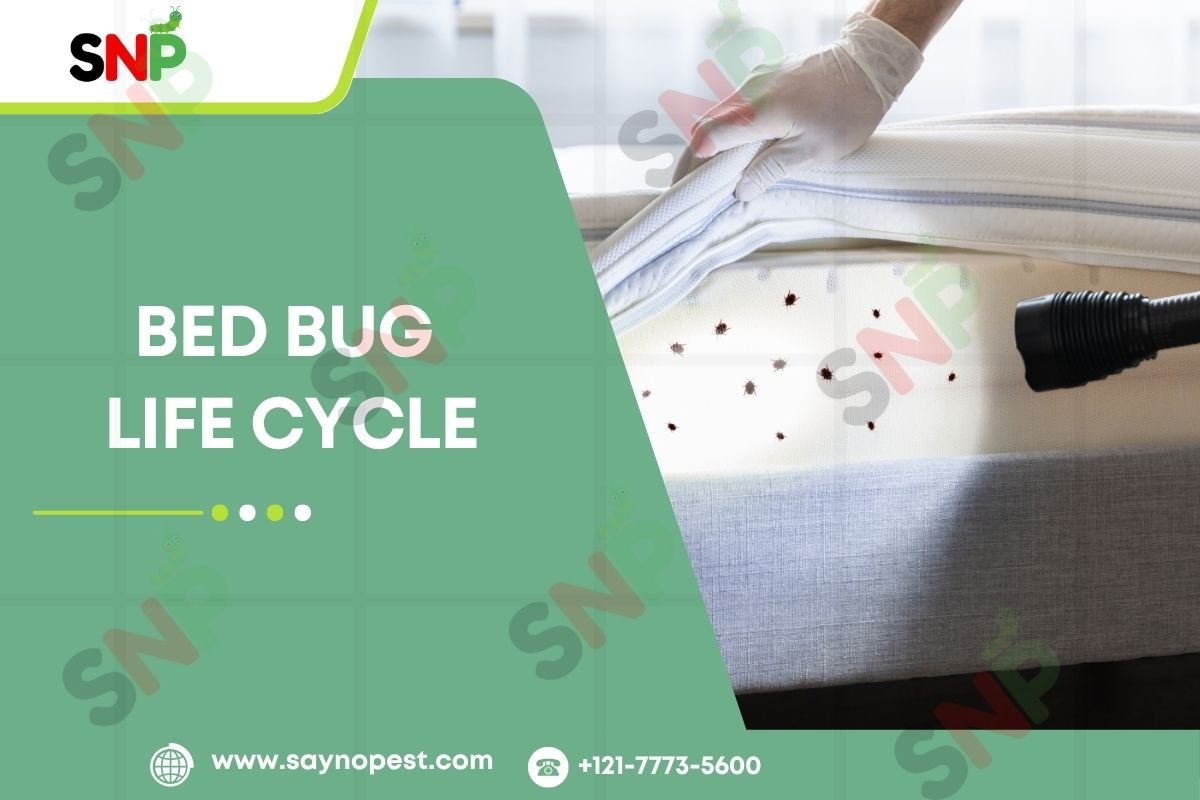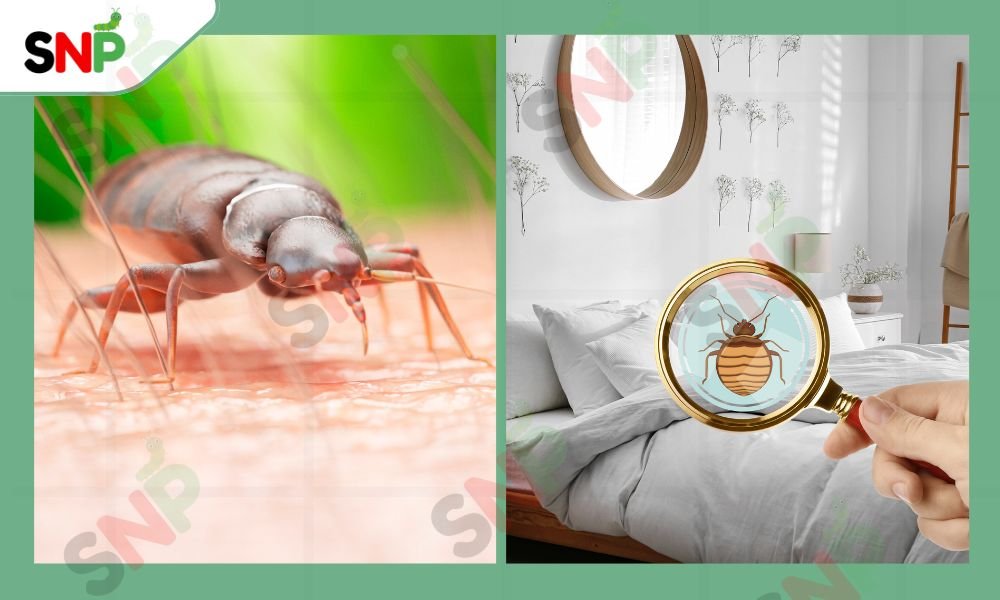Introduction to Tick vs Bed Bug
This guide on Tick vs Bed Bug will walk you through the process of recognizing these pests and getting the facts right about the dangers they cause.
Ticks and bed bugs are small, blood-sucking pests. You may not realise but they can be a huge nuisance to you and your pets. They are extremely different in their biology, behavior, and health hazards. Only a person who is aware of the differences can succeed in pest control and prevention.
Tick vs Bed Bug: Major Differences
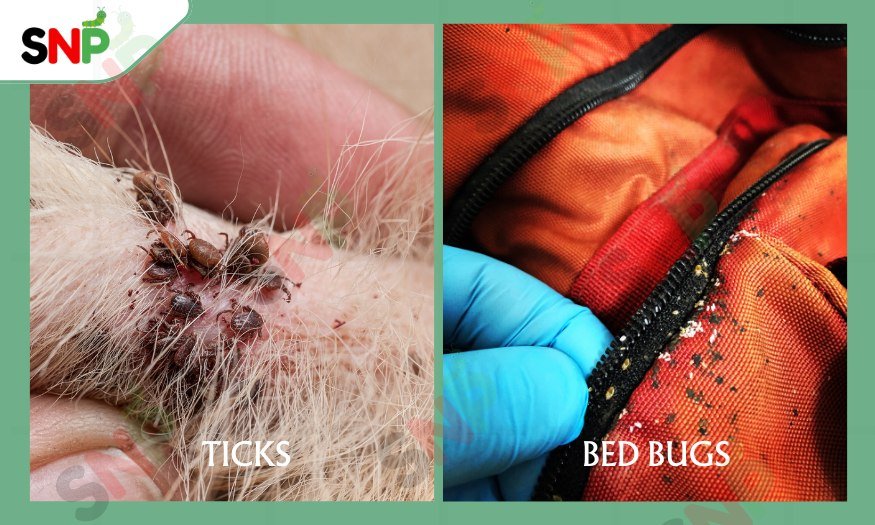
Appearance
- Ticks are arachnids that have eight legs and bed bugs are insects with six legs. But, tick larvae have six legs and in the later stages of development, they get eight.
- Although, both the pests have flat oval bodies and they are brown in color. But they are not the same. On average, adult ticks range from about 3 to 4 mm, but after feeding, females can swell up to 10 mm. Bed bugs are around 5 to 6 mm, and they swell to approximately 7 mm after feeding.
- Ticks could be of various colors such as gray, red, tan, patterned, and brown besides that, bed bugs are mostly reddish-brown in color only.
- Although both ticks and bed bugs swell after feeding, but ticks do not change their shape much. While bed bugs color changes to red or brown and they swell up after feeding on human blood.
Bites
- When untreated, tick bites may lead to life-threatening illnesses like Lyme disease, Rocky Mountain spotted fever, and more.
- Bed bug bites result in small, red, itchy and at times burning rashes. These bites are generally found in groups or lines on the uncovered parts of the body like arms and legs. Bed bugs are nocturnal creatures and their bites can be irritating but they do not carry any diseases.
- Ticks feed on the body by winding themselves tight into the skin and, therefore, they remain attached to the host for days. On the other hand, bed bugs only take a short meal and then they hide in their secret places.
Habitat
- In general, Ticks live outside only in the grassy, brushy, or wooded regions. To get to animals or humans, they have to stick there first. To go inside, ticks can hitch a ride on pets or clothing, however, they will not be able to make themselves a home in the indoor environment.
- Bed bugs are indoor creatures and they are a nightmare for people and they have the potential to infest all the places they sleep, furniture, and any cracks in the house, hotel, and public transportation. They conceal themselves not only in mattress seams, bed frames, couches, but also in suitcases, it makes it so easy for them to be everywhere they want.
- Though ticks lay eggs outside in bunches, bed bug eggs are small, pale, and stuck to things inside near their hosts.
Diseases Caused by Bed Bugs

As a matter of fact, bed bugs can arise health problems to people who get frequent exposure to them. The CDC, EPA, and other authoritative medical institutions state that bed bugs cannot be the cause of the transmission of any diseases among humans through their bites. Still, bed bug infestation can become a source of:
- An allergic reaction (from slight scratching to anaphylaxis of a serious stage)
- Secondary skin infections (diseases such as impetigo, ecthyma, and lymphangitis) which are caused by scratching and thus by introducing bacteria into the skin
- Mental health impacts (the anxiety, insomnia, and stress, which are caused by the persistent presence of infestations).
List of the Diseases Caused by Ticks
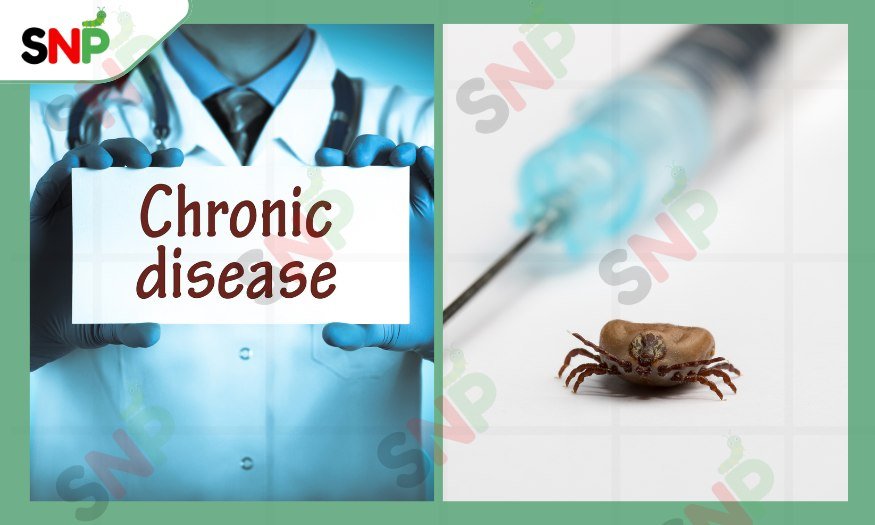
Here are 10 most common tick borne diseases which can be life threatening as well are:
- Lyme Disease
- Anaplasmosis
- Babesiosis
- Ehrlichiosis
- Rocky Mountain Spotted Fever
- Alpha-Gal Syndrome (Meat Allergy)
- Colorado Tick Fever
- Southern Tick-Associated Rash Illness
- Relapsing Fever
- Bartonellosis
Remember, these are names of only a few tick borne diseases, however consult a professional before coming onto conclusions.
Conclusion: Tick vs bed bug
When you are aware, it helps you to take the right action against these pests. People who make the right decision with respect to the pest control measures and safety of their health effectively, are able to understand and prevent Tick vs Bed Bug.
